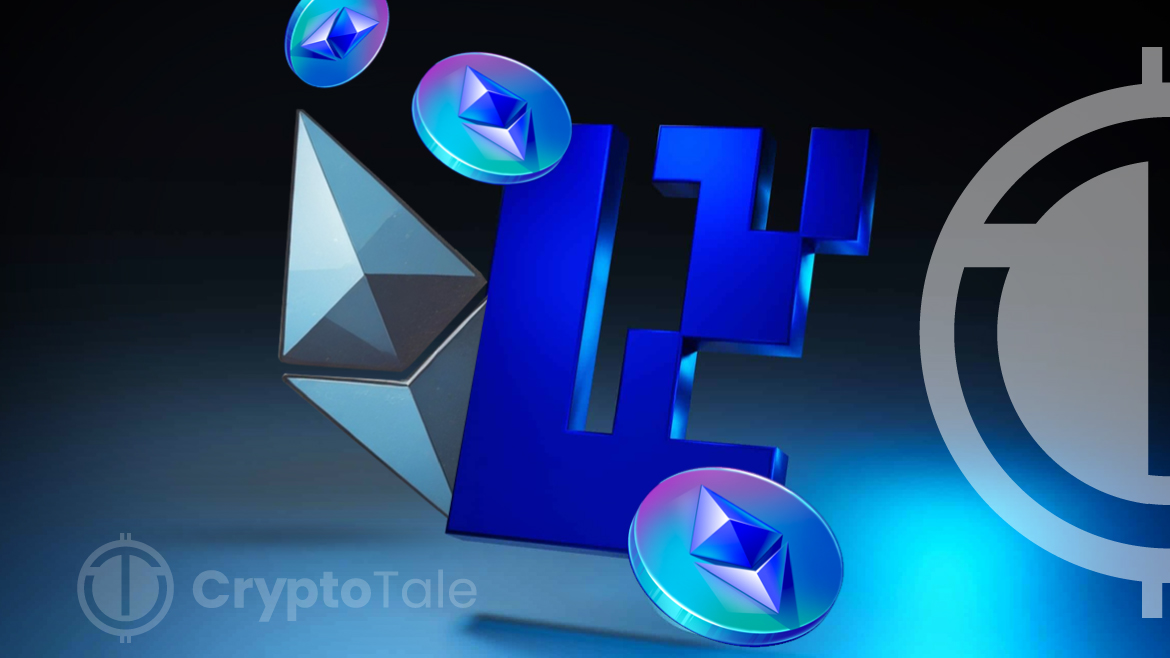- EigenLayer’s restaking model introduces novel Ethereum security, but caution is warranted due to systemic risks, according to industry experts.
- The phased approach to EigenLayer’s mainnet launch prioritizes stability, with critical components slated for deployment later this year.
- With billions in customer deposits and a unique incentive model, EigenLayer emerges as a major player in DeFi, attracting significant investment and attention.
EigenLayer, the highly anticipated Ethereum restaking protocol, made its debut on the mainnet this Tuesday afternoon, marking a significant milestone in the realm of decentralized finance (DeFi). The protocol, which has garnered billions of dollars in customer deposits, introduces a novel approach to Ethereum security through restaking, enhancing the network’s resilience and functionality.
The launch on the mainnet also heralded the activation of its data availability solution, EigenDA, as an actively validated service (AVS). This component adds another layer of security and reliability to the protocol, ensuring the smooth operation of various blockchain-based platforms built on EigenLayer.
However, despite the excitement surrounding the launch, it comes with a cautious approach, as some critical components of EigenLayer are yet to be fully deployed until later this year. This phased approach reflects a commitment to stability and security in the rapidly evolving DeFi landscape.
At the core of EigenLayer’s offering is the concept of restaking, allowing users to delegate their staked ETH to EigenLayer operators, who then utilize these funds to secure and run AVSs. This innovative approach has propelled EigenLayer’s total value locked (TVL) to over $13 billion, making it the second-largest DeFi protocol, according to DeFiLlama.
One of EigenLayer’s distinguishing features is its incentive mechanism for depositors, which rewards them with points that could potentially translate into allocations in a future token offering. This unique model has been instrumental in driving rapid growth and attracting considerable attention from investors and enthusiasts alike.
Despite its promising potential, EigenLayer’s restaking model has also raised concerns among industry experts regarding its systemic risks. Sebastian Higgs, COO of Cordial Systems, emphasized the need for caution, highlighting the potential far-reaching implications of any issues that may arise.
In the wake of the mainnet launch, EigenLayer plans to prioritize the development and stabilization of its marketplace before introducing in-protocol payments and slashing mechanisms. This phased approach aims to mitigate risks and ensure a smooth transition for all stakeholders involved.
As EigenLayer enters this new phase, it sets the stage for several large venture bets to play out. Notably, A16z’s $100 million investment in Eigen Labs underscores the growing confidence in the protocol’s potential. Additionally, several recently funded startups are poised to become AVSs, further expanding EigenLayer’s ecosystem and utility.






